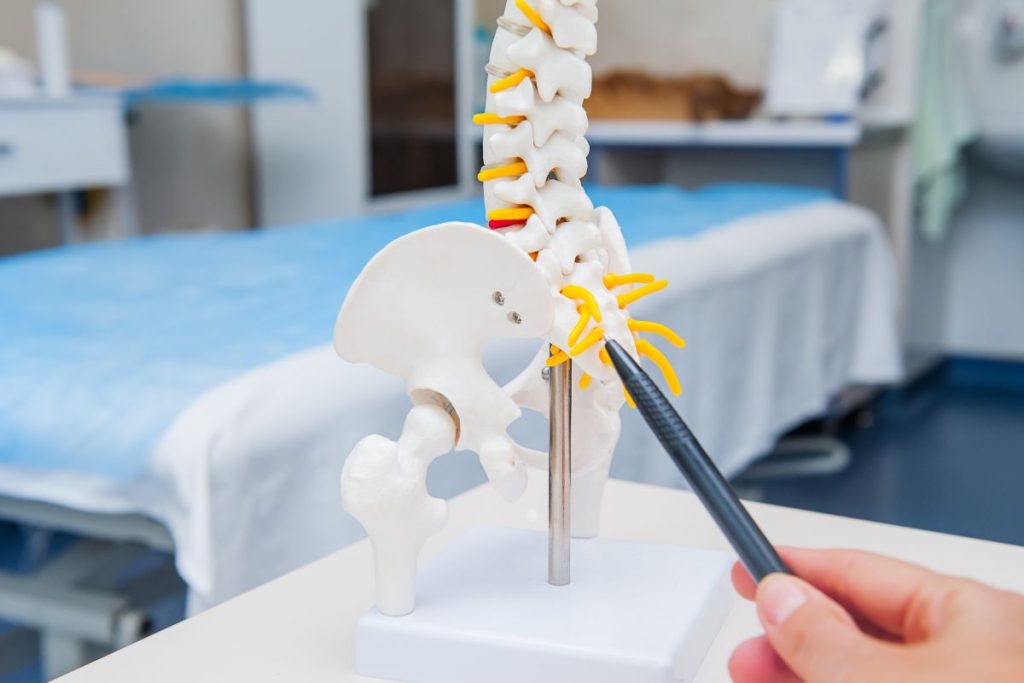Osteoporosis is a disease that affects the bones. As the bones start losing their usual density they become weaker & are more likely to break.
Studies have shown that every one in two women & every one in four men above the age of 50 tend to break bones due to osteoporosis. It can cause serious complications & appropriate measures must be taken to avoid extreme consequences.
Osteoporosis Treatment
There is no exact cure for osteoporosis only the idea of the osteoporosis treatment process to strengthen the bones in order to protect them. The treatment primarily consists of a combination of drugs and suitable lifestyle changes that help in minimising the rate of bone resorption.

Preventing Measure
Preventive measures include a modification in the general lifestyle factors, doing more muscle-strengthening exercises and ensuring adequate intake of calcium and vitamin D. The medications used for osteoporosis treatment are anti-resorptive agents. Osteoporosis occurs when the rate of resorption in the bones overtakes the rate of bone formation. The anti-resorptive agents intend to inhibit the rate of resorption to put things back to a balanced state.
Use of Medication
Drugs are the most aggressive way to hinder bone loss. Bisphosphonates are the most commonly seen osteoporosis-curing drugs. They decrease the risk of hip, wrist and spine fractures for those who are affected by osteoporosis.
The different types of bisphosphonates used are alendronate (Fosamax), ibandronate (Boniva), risedronate (Actonel) & zoledronic acid (Reclast). The side effects of these drugs can range from acid reflux to nausea and they can even cause damage to the bones in the jaw.
To reduce these side effects & to enhance the absorption of the medicine all bisphosphonates taken orally should be taken on an empty stomach in the morning, at least 30 minutes before breakfast.
Use of Hormones
For those people who are unable to tolerate bisphosphonates, hormones can be used as an alternative source of osteoporosis treatment.
For Post-menopausal women who are usually at a very high risk of osteoporosis because of the dip in the levels of protective estrogen production, Selective Estrogen Receptor Modulators (SERMs) like Raloxifene (Evista) do the job of bone preservation to a certain extent. Thyrocalcitonin is a hormone that helps in regulating the calcium levels in the body. Synthetic thyrocalcitonin or calcitonin (Fortical, Miacalcin) is available as a nasal spray or as an injection.
But the hormone treatment can increase the risks of stroke, blood clots, breast cancer and heart attack. So, it is only used as a second or third line of defence for the patients.

How to Prevent Osteoporosis
Receive Enough Amount of Calcium and Vitamin D
One way to slow down the rate of bone loss is to add ample amounts of calcium and vitamin D to the diet. Calcium-rich foods like soy products, dairy products, grains, fresh green vegetables and breads can prove to be very helpful in terms of building stronger bones.
Exercise Always Helps
Last but not least, exercising is probably the most intriguing, positive way to take on this complex disorder. Exercising not only helps in lessening the rate of bone loss & increase bone density, but it also improves physical posture, body balance & overall health. Exercises like weight training, walking, jogging or biking can act as a boost for the entire body including the bones.
These lifestyle changes & treatments can work together to produce the desired results. The patient would be well advised to discuss these things in detail with the doctor, weigh the hazards & the benefits and come up with an osteoporosis treatment plan that works best.







